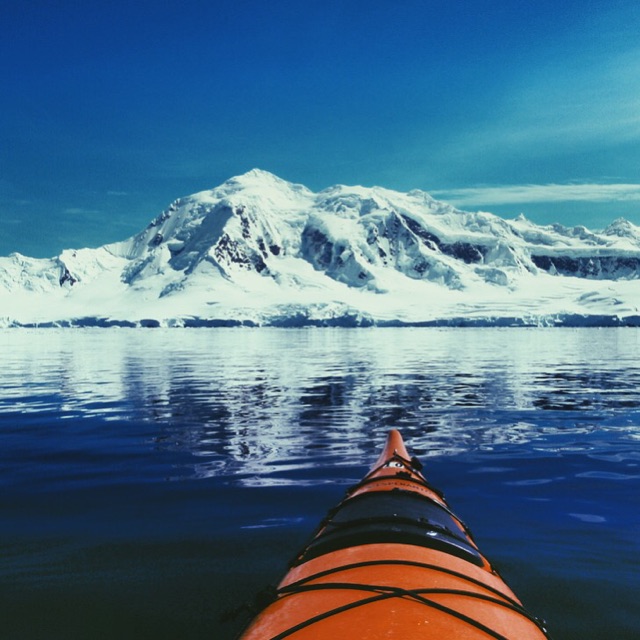Students explore new places as they travel the world
February 15, 2018
The Seventh Continent by Alexa Clark, Entertainment Editor
For two weeks during freshman year, Sam Lane (’18) and her family traveled to Antarctica on a Russian research vessel, the last stop on their seven continent adventure. As a way to experience every part of the world, Lane and her sister chose interesting places, including South Africa and the Galapagos Islands, for their family to visit over the past 10 years.
“The cold glaciers of Antarctica seemed strange at first when compared to my more familiar surroundings here in Virginia,” Lane said. “That strangeness also had a certain beauty to it that really made me appreciate all the diversity in the world.”
Ice and snow cover the majority of Antarctica along with a variety of penguins and other animals such as leopard seals. Although the continent lacks hotels and tourist attractions, it contains many research stations where scientists study the Antarctic wildlife and the ice layers in glaciers.
“Antarctica is definitely a place you have to visit if you truly want to understand the changes happening in our climate and the importance of human efforts to protect and preserve the beauty of this place,” Lane said.
Despite a treaty of 12 nations governing the continent and strictly controlling the number of visitors each year, many cruise ships visit Antarctica’s Port Lockroy for the Royal Mail station, a British-controlled post office, which collects and delivers mail to the researchers living there. During her stay, Lane not only kayaked to the post office, but also used a sleeping bag specifically made for the frigid climate to camp on a glacier near Brown Station, an Argentine Antarctic base.
“Given that we visited in the winter, night never came, so we slept in full light,” Lane said. “Waking up and looking over the beautiful glacier bay near the base camp was incredible.”
A Turkish Sojourn by Lianna Williams, Staff Reporter
The Bosphorus is a natural strait in Istanbul that connects the Black Sea and the Sea of Marmara with Europe on one side and Asia on the other. When visiting Istanbul, tourists can enjoy a two hour ferry ride along the strait and observe the historic buildings that line it and the jellyfish that fill the water.
“We were standing in the front of the ferry and it was really windy and misty. The amount of jellyfish made the river look pink.” Sidney Roth (’19) said.
In addition, she also visited the Sultan Ahmed Mosque. It was built between 1609 and 1616 and is also known as the Blue Mosque because of its blue interior.
“It was an amazing experience to be able to walk into the mosque and see all the intricate details that decorate the walls.” Roth said.
A Kazakh Exploration by Alexa Clark, Entertainment Editor
Kazakhstan, a Central Asian country located south of Russia and northwest of China, is home to beautiful natural attractions, which Anna Semizhonova (’18) frequented while living in the country four years ago.
The country has a great deal of landmarks to explore for those who may be visiting. In the city of Almaty, World War II memorials fill the Park of 28 Panfilov Guardsmen, while the Golden Warrior monument stands on Republic Square as a representation of Kazakhstan independence.
“My favorite monument is the one of Aliya Moldagulova and Manshuk Mametova,” Semizhonova said. “The Soviet Union suffered devastating losses in Word War II, memories of which are still strong in that part of the world, and this particular monument commemorates two heroic women who died for their homeland.”
During her time in Almaty, Semizhonova favored the Tian Shan, a range of mountains that runs through parts of Kazakhstan, as they offer enjoyable activities for tourists and citizens alike. A number of ski resorts reside in the mountains, along with the world’s largest high-altitude skating rink, Medeo, which holds many sporting events and is open year round.
Kazakhstan also provides a rare glimpse of snow during the summer season.
“In the summer, it is pleasant to take a walk in the mountain grasslands,” Semizhonova said. “[The mountains] get really pretty in spring with all the flowers. However, due to air pollution, you can’t see the city when you look down at it, because it’s covered in smog.”



